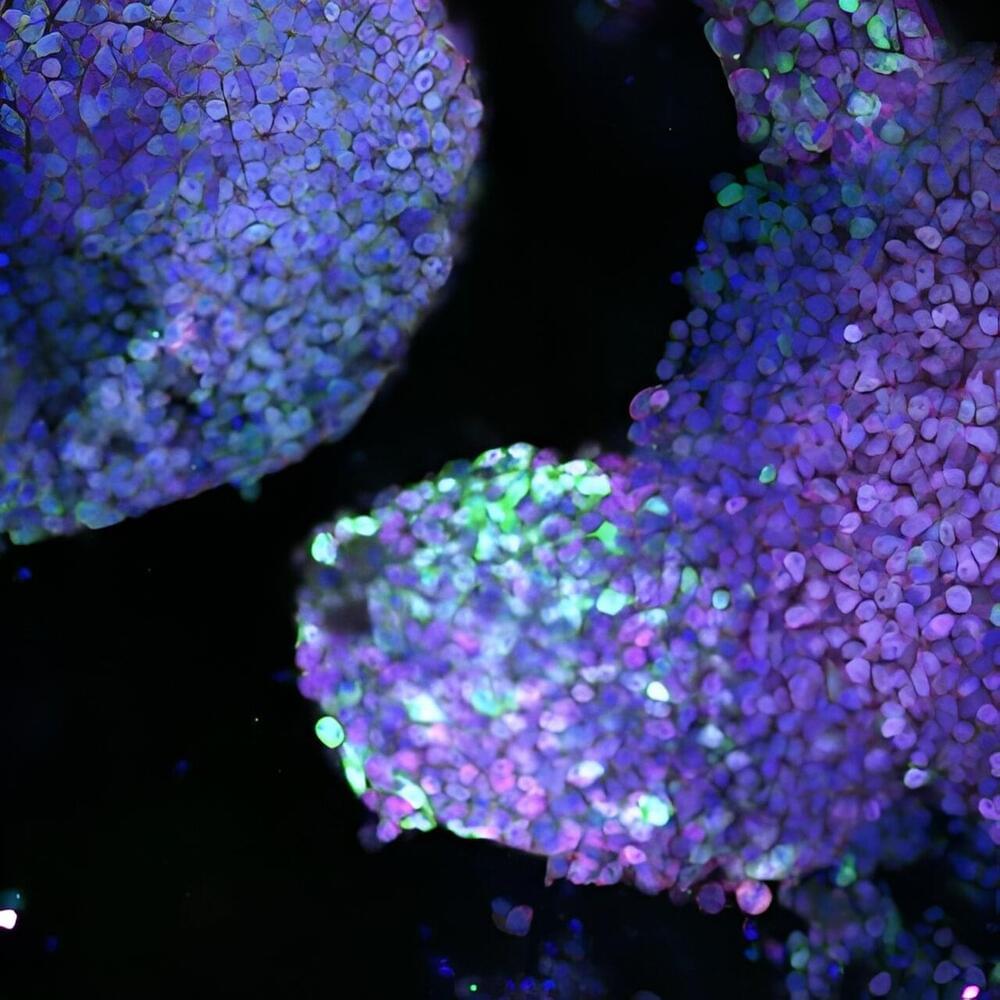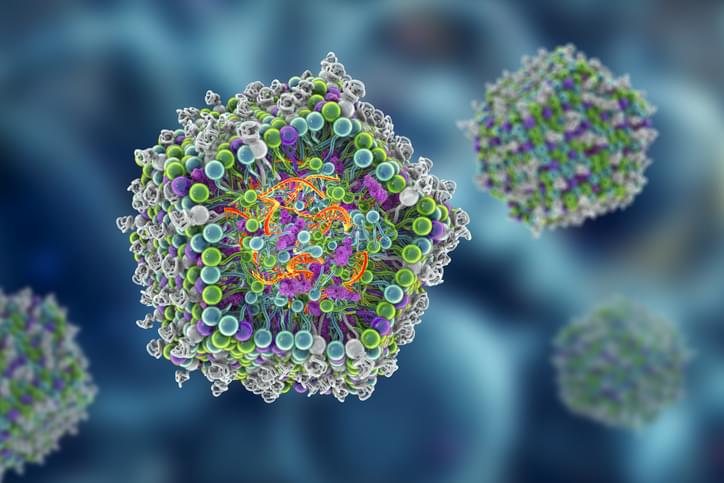Mar 9, 2024
A Promising Novel Anti-Aging Compound GG — Geranylgeraniol Explained By It Discoverer Dr Barrie Tan
Posted by Shubham Ghosh Roy in categories: biotech/medical, chemistry, food, health
https://www.youtube.com/watch?app=desktop&v=qn8ahPBFVSs
Here Dr Tan introduces geranylgeraniol (GG), talks about its discovery and its importance in human metabolism.
Wellness Extract 5% discount Code MODERN10
GG Essential https://collabs.shop/ivoshz.
Vitamin E, Delta Gold https://collabs.shop/gfjyof.
Bio Quinol with GG https://collabs.shop/wm9cce.
Renue By Science 10% : Code MHS https://tinyurl.com/35jyuk33
CoQ10 https://bit.ly/4bX3I6P\r.
ProHealth 15% discount Code MODERN: https://prohealth.pxf.io/Vm9BoA
CoQ10 https://prohealth.pxf.io/LX12N0
DoNotAge 10% discount code MHS https://tinyurl.com/6dbvhv87
Pure NMN https://tinyurl.com/wyzj2f3d.
Nuchido Time+ 20% discount of first purchase with code MODERN20 https://nuchido.com/MODERN
NOVOS https://novos.sjv.io/QyWP7o code 5OFFMHS
NMN Bio 10% off all products https://tinyurl.com/2af2v2fw Code ModernHealthSpan10 in link.
☕If you would like to support our channel, we’d love a coffee…thank you! https://www.buymeacoffee.com/mhealthspan.


















